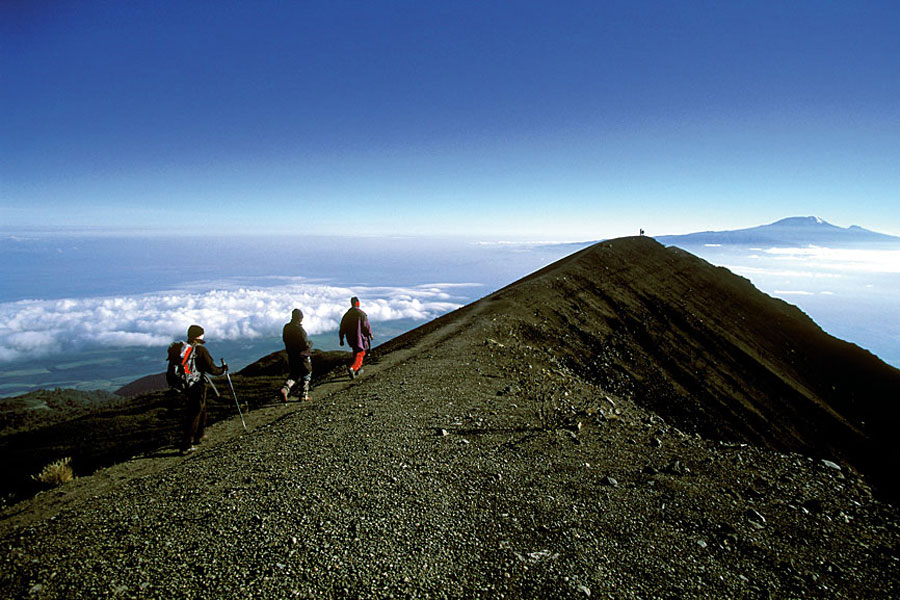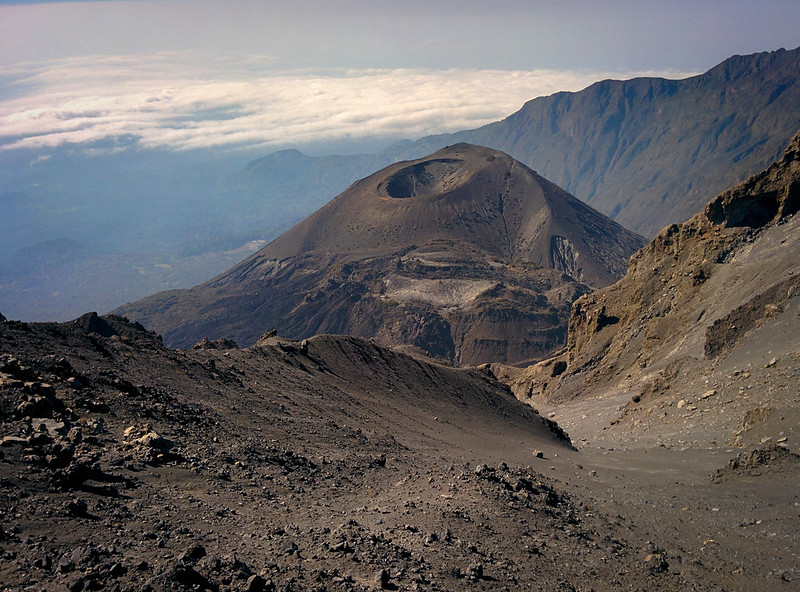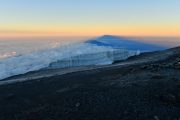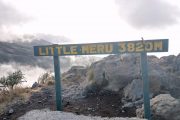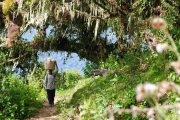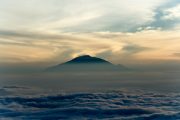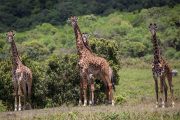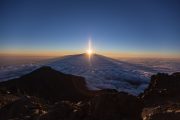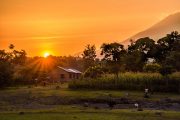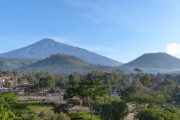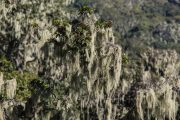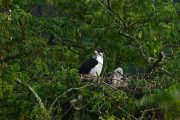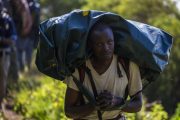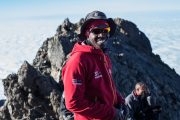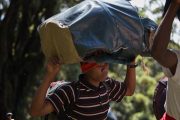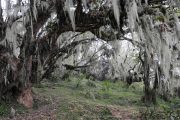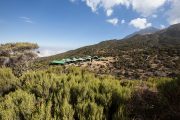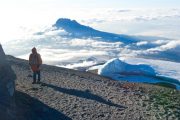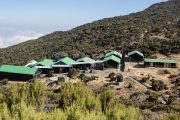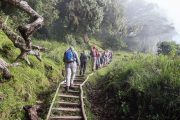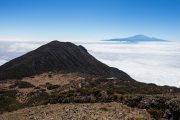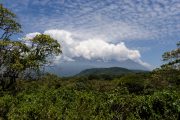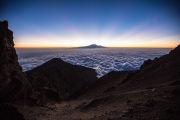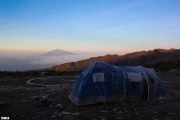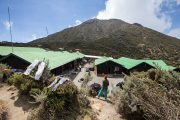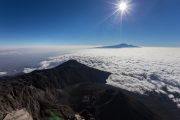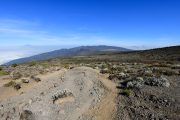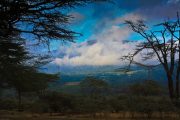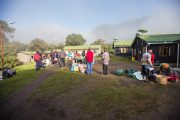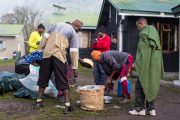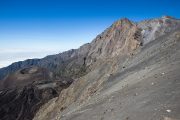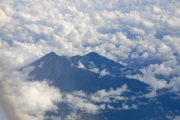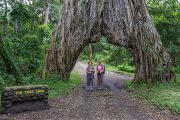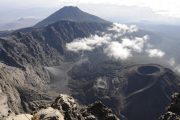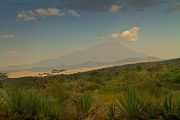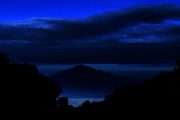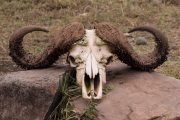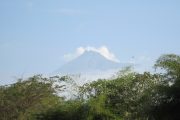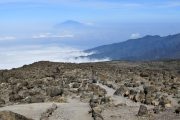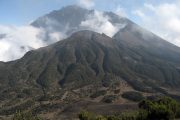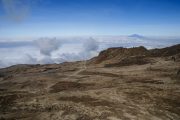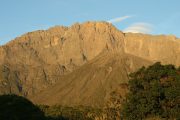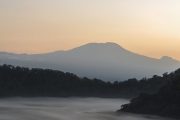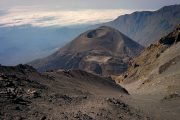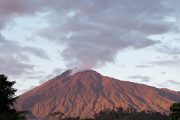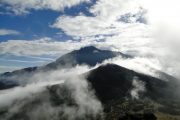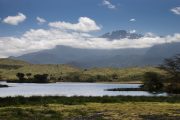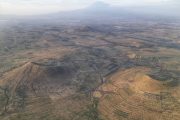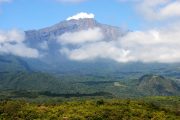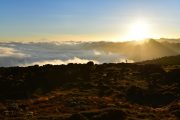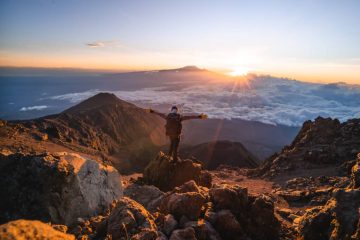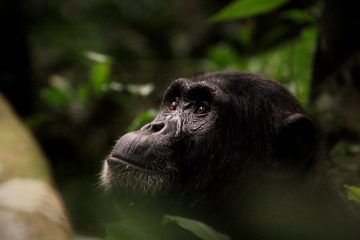Difficulty
This trek is an excellent way to prepare for your Kilimanjaro adventure, helping you acclimatize to higher altitudes. Most people start feeling the effects of altitude around 3,500 meters, so climbing to 4,562 meters over 2-3 days will help your body adapt. We recommend taking at least two days of rest before beginning your Kilimanjaro climb.
Food & Drink
Staying well-fed and hydrated is essential during your climb, especially as altitude can reduce your appetite. To address this, our head chef has created special menus that are both delicious and energy-packed to help you reach the summit. Daily meals include fresh meat, fruits, and vegetables.
Breakfast
Breakfast is hearty and includes porridge, sausage, eggs, toast with marmalade or jam, and a choice of hot drinks like tea, coffee, or hot chocolate. If you’re still hungry, let your guide know—our cooks always prepare extra to ensure everyone is satisfied.
Lunch
Lunch is either packed for you to carry in your rucksack or served as a hot meal, depending on your itinerary. A typical packed lunch includes a boiled egg, sandwiches, chicken, crisps, a snack bar, fresh fruit, and a drink.
Afternoon Tea
Afternoon tea is served at camp after a day of trekking. Along with tea and other hot drinks, you’ll enjoy snacks like peanuts, popcorn, and biscuits to help replenish your energy.
Dinner
Dinners are filling and start with a hearty soup, followed by a main course such as chicken curry, spaghetti bolognese, or fresh vegetables with rice, pasta, or potatoes. Desserts like pancakes or banana fritters with maple syrup or Nutella complete the meal.
We treat all drinking water with water purification tablets and provide at least 3 liters daily in reusable bottles or hydration bladders. As part of Travellers Against Plastic, we discourage the use of disposable plastic bottles.
Accommodation
Mount Meru uses mountain huts instead of tents. Rooms accommodate four people in bunk beds and include mattresses, sheets, and pillows, but you’ll need to bring your own sleeping bag. Solar-powered lighting is available, but there are no electrical sockets. Meals are served in an indoor dining area.
Your Guide
Your guide will wake you each morning with a hot drink and warm water for washing. After breakfast, they’ll brief you on the day’s plan and conduct a health check. At camp, hot drinks and snacks will be waiting, and you’ll have time for a short acclimatization trek before dinner. After dinner, there’s a second health check and a debriefing with your guide.
An armed ranger is mandatory on Mount Meru. Groups from different operators share a ranger, so the pace is determined by the overall group.
Transport
We use high-quality vehicles and professional drivers for transfers. While rear seatbelts are not legally required in Tanzania, we aim to provide vehicles equipped with them. If you have any concerns about the vehicle or driving, inform the driver or our local office immediately. Police checks are common and are not a reflection of your driver’s performance.
Luggage
We enforce a strict 15kg limit per porter for your main bag, which includes your sleeping bag. Your bag will be weighed before the climb, and any overweight items must be left at the hotel.
Getting There
For climbers from the UK or US, flying to Kilimanjaro International Airport (JRO) is the best option. KLM offers flights from major UK and US airports, with a layover in Amsterdam. Moshi, the starting point for our tours, is 25 miles from JRO, and we arrange transfers to your hotel.
Moshi is an ideal base for pre-climb accommodation but fills up quickly during peak season. Plan a rest day after your flight to recover and prepare.
Some UK climbers fly into Nairobi, but we don’t recommend this due to potential delays and baggage handling issues. Turkish Airlines, Emirates, and Qatar also fly to JRO, with US travelers often reporting better experiences with these airlines.
For extended travel, consider booking flights to East Africa through Vayama or planning a post-climb beach holiday in Zanzibar. Ensure at least 3 hours between connecting flights to account for delays and baggage rechecking.
Travelling Responsibly
Starting in 2025, we will offset carbon emissions for all trips from arrival to departure. Use our eC02 Flights Calculator to offset your flight emissions.
Fitness and Training
While Mount Meru is less challenging than Kilimanjaro, the same training principles apply. Refer to our Kilimanjaro Training Guide for tips on preparing physically for the climb.
Budget & Currency
The Tanzanian Shilling is a closed currency, so it’s best to bring US Dollars for convenience. Ensure bills are new, crisp, and untorn. ATMs and currency exchanges are available, but notify your bank of international card use.
Tips
We follow the Kilimanjaro Porters Assistance Project (KPAP) guidelines for tipping. Recommended amounts are:
- $6–10/day per porter
- $20/day for guides
- $12–15/day for assistant guides and rangers
- $12–15/day for cooks
Tips are given per group, not per climber. They are presented at your hotel after the climb, with envelopes provided for distribution. Use new, untorn US bills or Tanzanian Shillings.
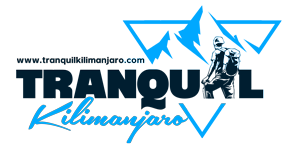
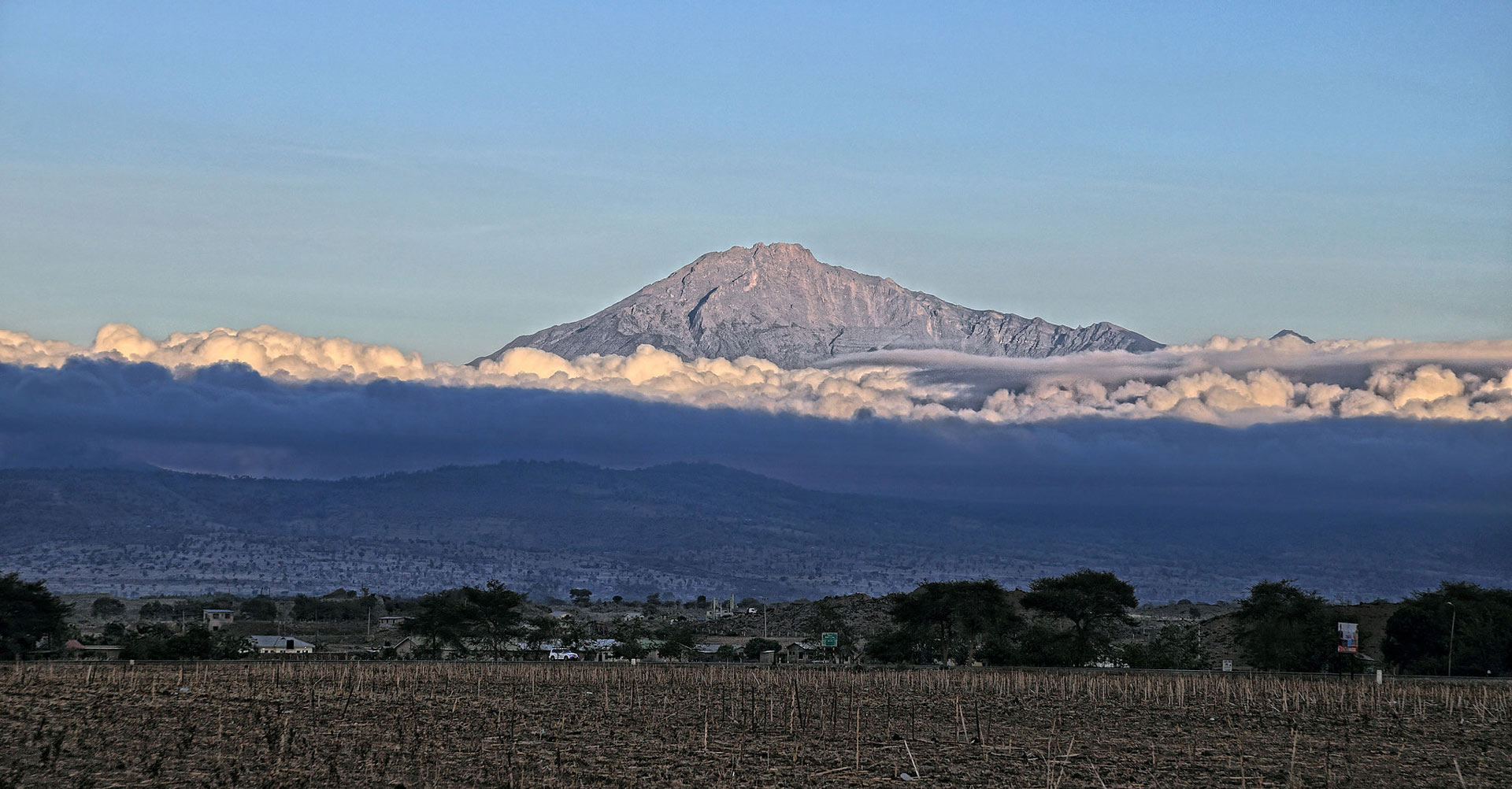
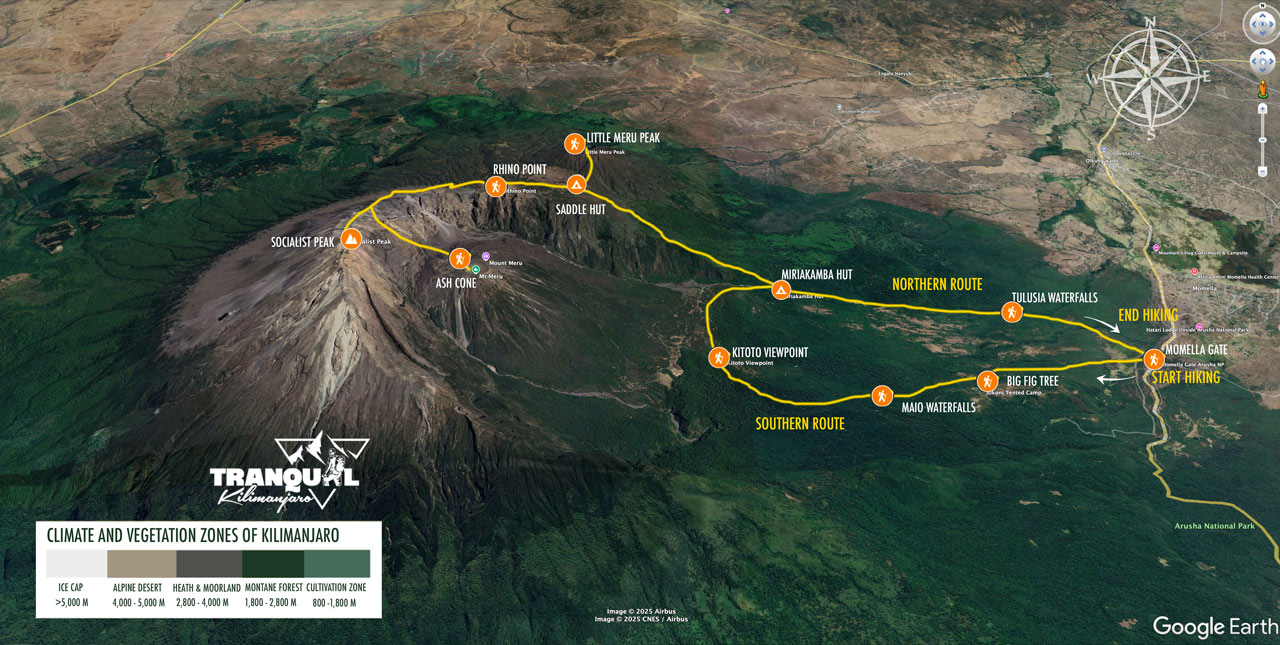
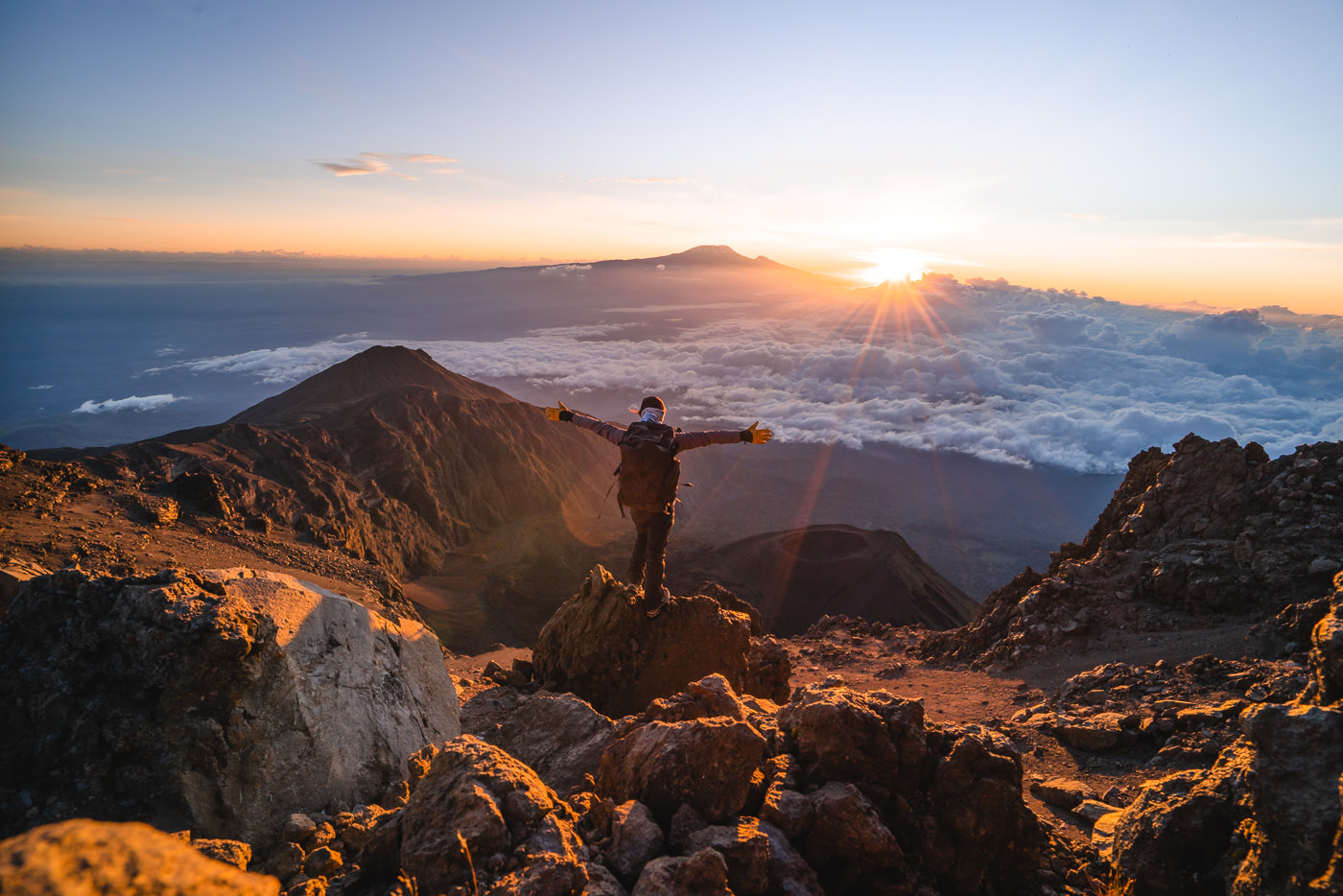 The crew at Tranquil Kilimanjaro will make sure that we fulfill your dreams of trekking Mount Meru
The crew at Tranquil Kilimanjaro will make sure that we fulfill your dreams of trekking Mount Meru